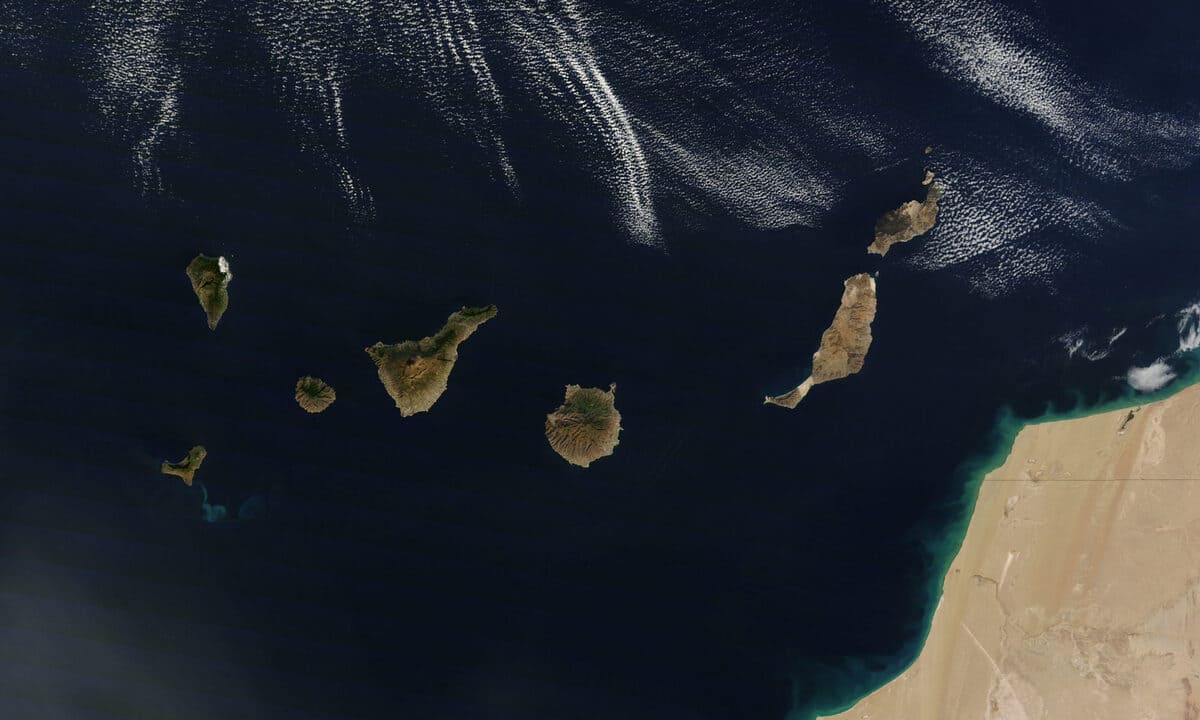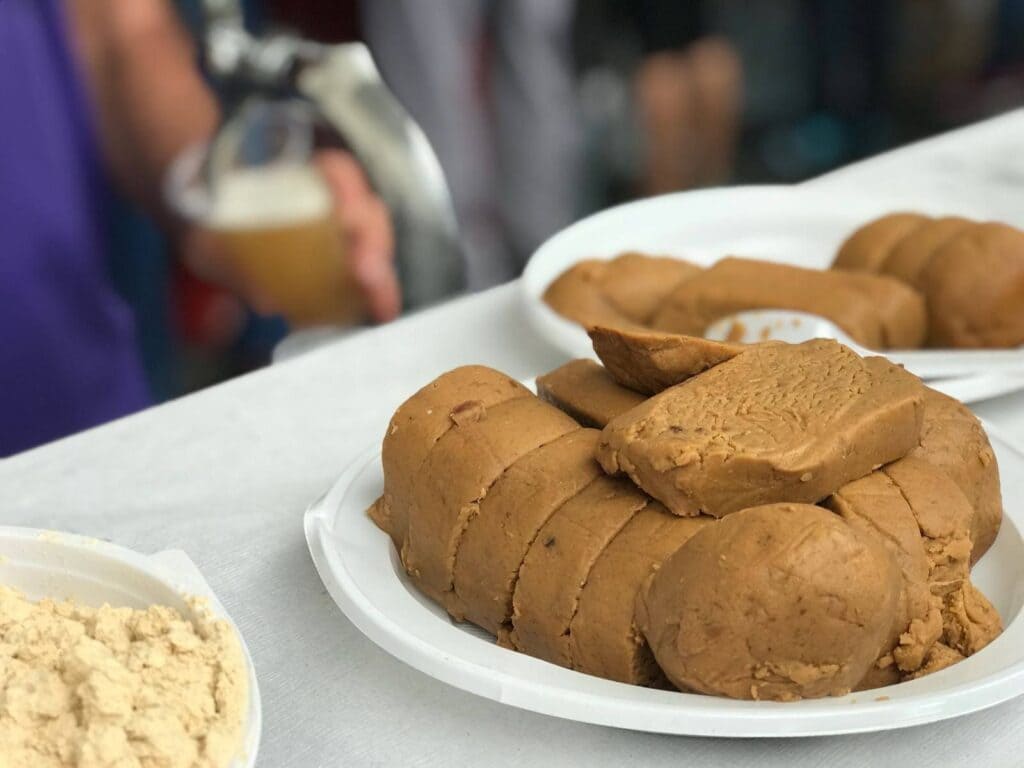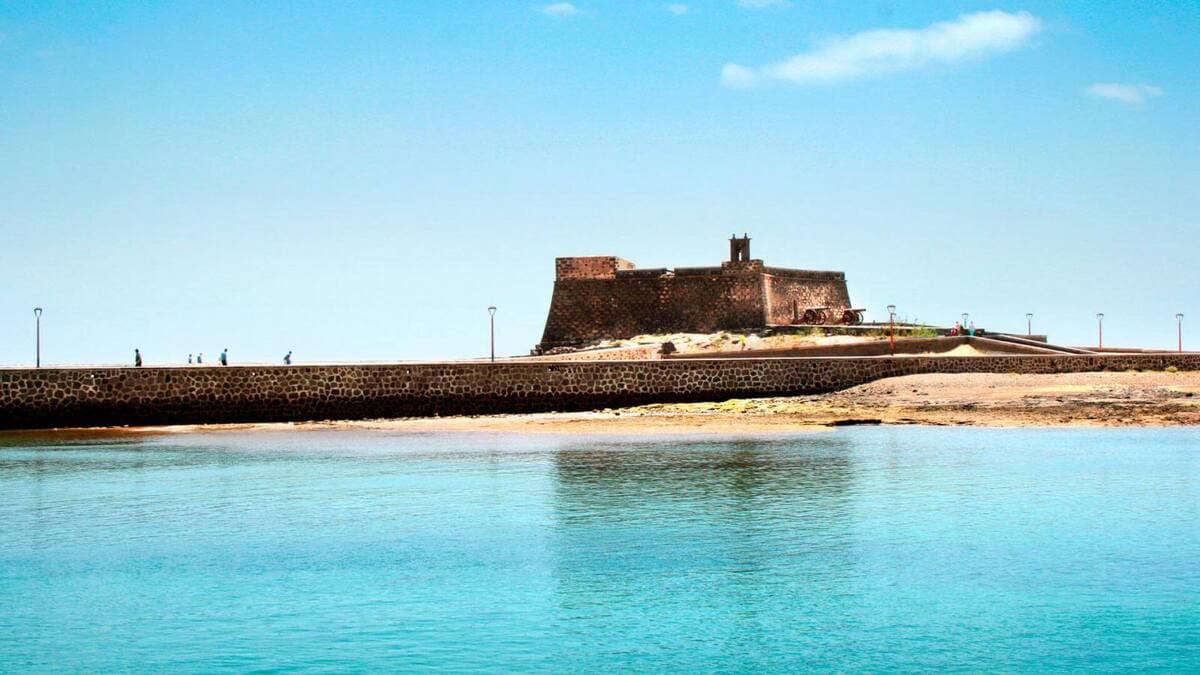Gofio is the star product of the Canary Islands. Canarian cuisine has influences from Africa, Latin America and the Spanish mainland and is one of the most original gastronomies in Spain.
A little history about gofio
Gofio is one of those foods that you don't know everything about. It is tremendously popular in the Canary Islands (and abroad) and hides as much history as it does properties. There is a reason why it has been consumed in the Canary Islands for so long - and it is gaining in popularity.
As the story goes, the native Guanches (original inhabitants of the islands) used gofio as a fundamental part of their diet. It was a vital element when food was scarce, and it was also preserved for long periods of time (which was an advantage for hunters, for example).
They made even the worst quality grain edible. They processed the harvested grain by roasting corn (or millet) in an earthenware pot over a hot fire, grinding the result by hand between stones and making a paste: gofio.
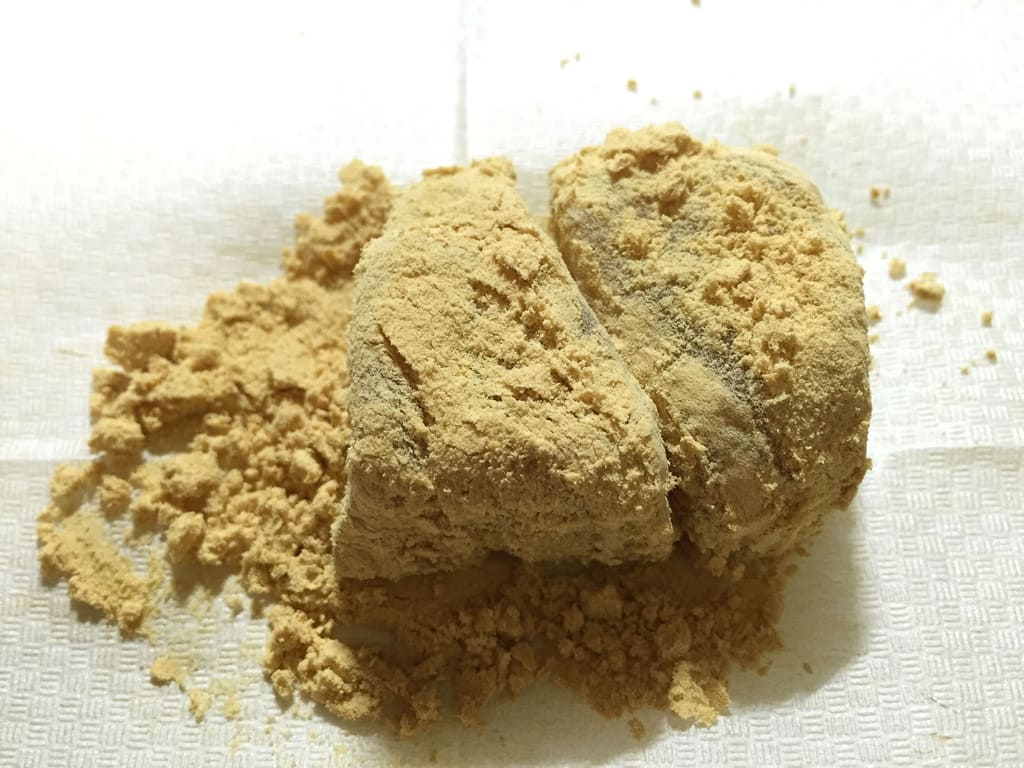
But the method has changed, although the tradition of making gofio still survives. The importance of gofio has kept it in continuous use until today, and today it is a characteristic and main element of the Canarian cuisine.
What is gofio?
Endemic to the Canary Islands, gofio is a ground grain that resembles toasted flour. Formed by a mixture of toasted grains and stone ground, is usually consumed with milk, in certain dishes such as stews, and even in confectionery.
Is it healthy?
Gofio is healthy. It is a food that comes directly from wheat or roasted corn; it is not a refined product. It is natural. It contains no preservatives or colorants and is rich in vitamins (B1, B2, B3, C, D and A) and minerals (such as iron, calcium, zinc, socio, potassium and magnesium).
If a "but" should be added, due to its high sodium and potassium content, its intake is not recommended for people with kidney problems.
Does gofio contain gluten?
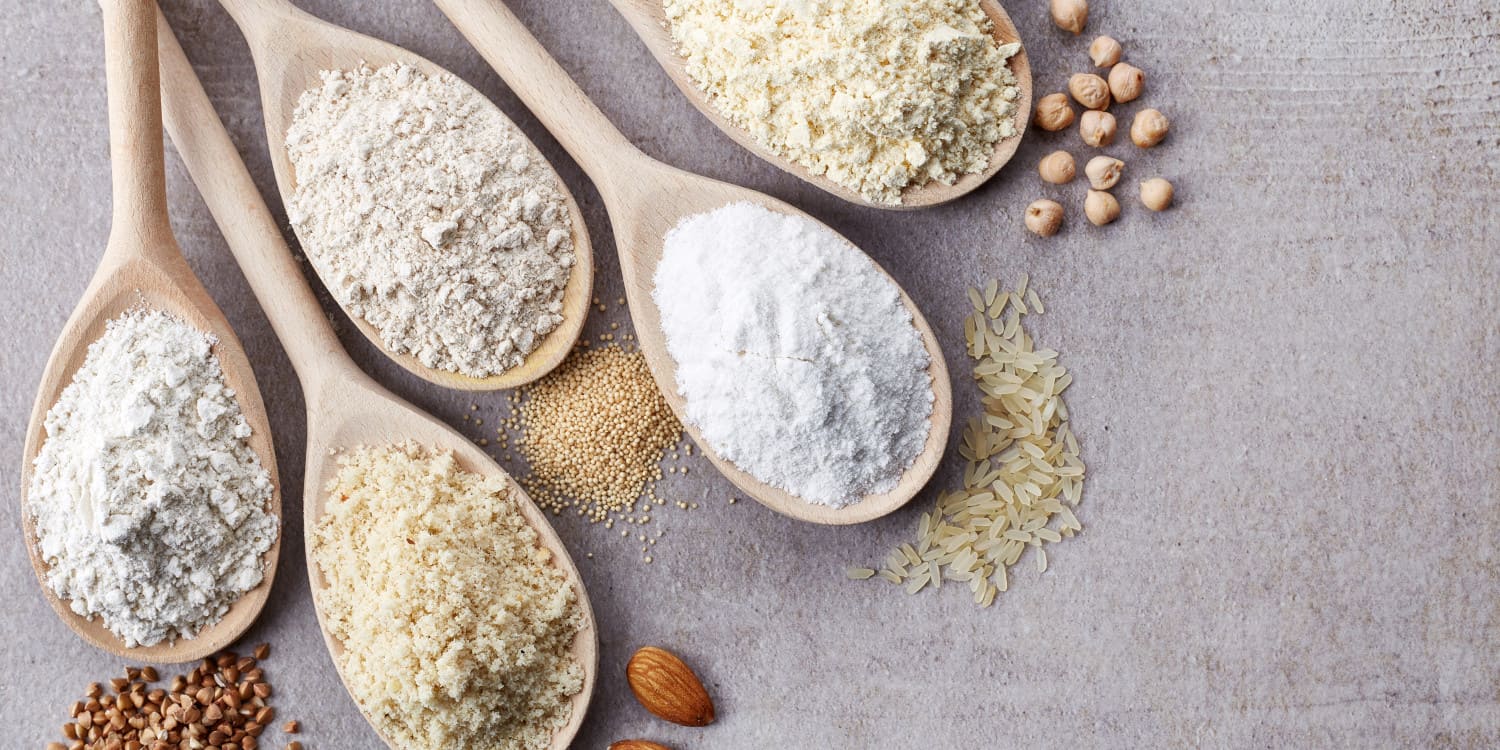
It is suitable for coeliacs since, when the cereal grains are toasted, the proteins containing glutamic amino acids are dehydrated and subsequently denatured.
The best time to consume it is at breakfast or before practice, as it provides a lot of energy.
Why is it so good for athletes?
It is an excellent source of carbohydrates (constituting approximately 83% per 100 grams of gofio) and protein (representing 11% per 100 grams of gofio), two essential macronutrients for athletes.
Why do you like it so much?
Due to its versatility, it can be used in various ways, both in sweet and savoury dishes.
In addition, although it is one of the pillars of the Canary Islands food, many countries have their own recipes (thanks to the Canarian emigrants, today it is also part of the Venezuelan, Uruguayan and Brazilian gastronomy).
Recipes with gofio

- Berrendo: kneaded with water and pieces of cheese.
- Cabrillas: in spoonfuls, in powdered form, taken with a glass of wine.
- Rala: diluted in broth, milk or even wine.
- Escaldón: stir-fried with boiling broth.
- Scrambled: kneaded with boiling water or broth.
- Gofio bread: made into a ball, with water and salt.
Source photos: Pixabay, Shutterstock, Wikipedia.

